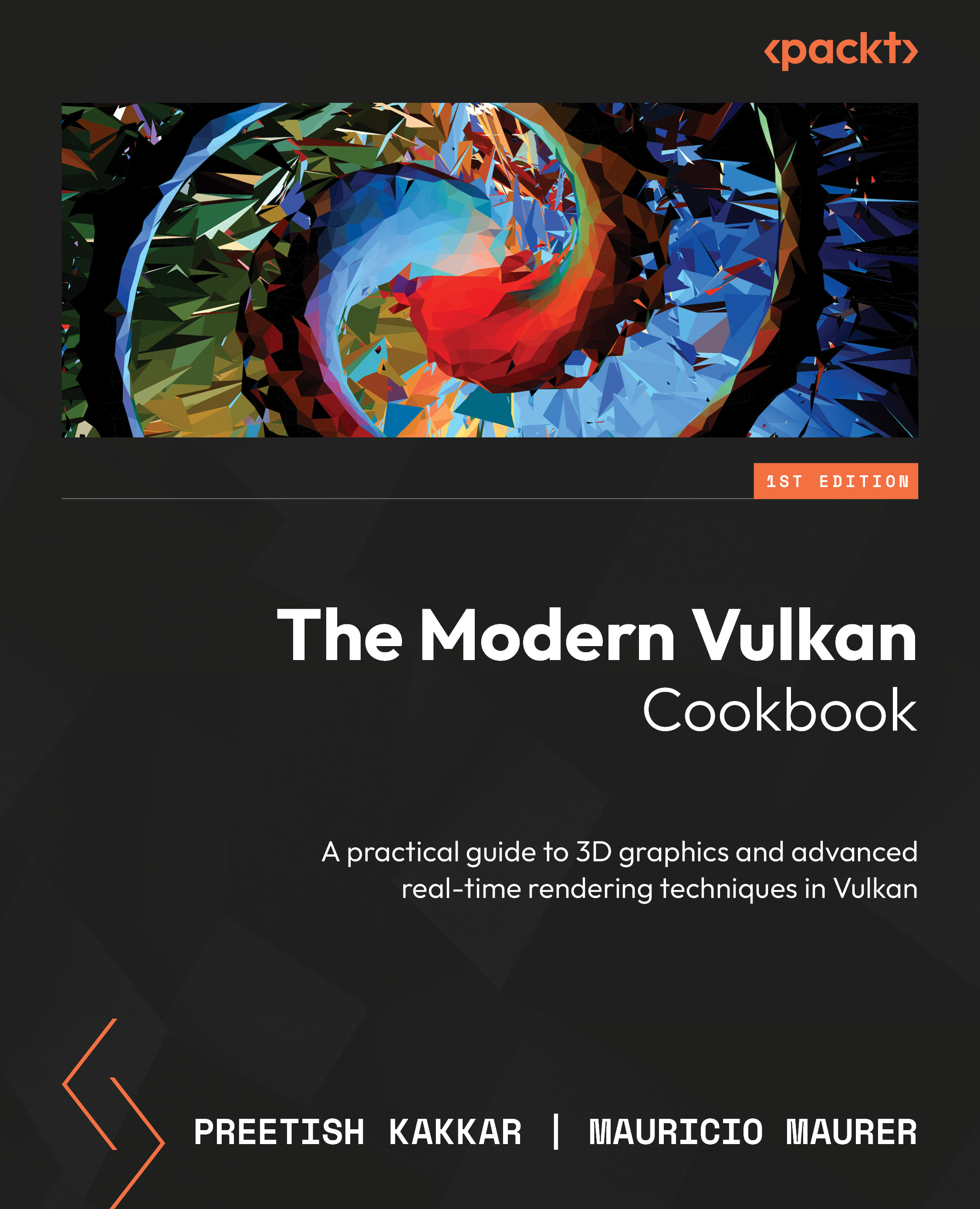Using half floats to reduce memory load
A half float, also known as a half-precision floating point, is a binary floating-point format that occupies 16 bits. It plays a crucial role specifically for its application in VR devices and other low-performance hardware. A half-precision floating point has a smaller memory footprint and requires less bandwidth, which can significantly improve the performance and efficiency of such devices. They are ideal for scenarios where the precision of full single-precision floating-point numbers is not necessary, such as storing pixel values in graphics, performing large but simple computations in machine learning models, and certain calculations in 3D graphics. Employing 16 bits not only bolsters throughput but also diminishes register usage, a key determinant of GPU performance. The quantity of shaders that can run concurrently is directly contingent upon the available registers, thus making their efficient usage crucial. In this recipe, we demonstrate...



























































